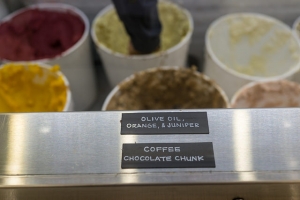Support migrant centric journalism today and donate

Many families in the US have decided to birth their children at home in recent years. Conventional hospital births have become expensive with dramatically rising medical costs in the US and have contributed to the trend.
However, many people are finding that hospital births are not necessarily much safer than home births. With information available today and people generally being more educated, much of the risk of home births traditionally associated with the practice has been reduced.
In the rest of the world, many cultures consider it far more normal to have children at home than people ion the US over the past several decades.
Now there is a specialized demand for midwives with nursing training. In 1990 there were approximately 160,000 home births in the US. By1993 it had exceeded 200,000, and reached 250,000 annually by 1996. While it has leveled off in the past few years, approximately 320,000 people have their children at home in the US these days.
And, demand for midwives has tapped the market.
Insurance covers much of the home birth process, making more attractive than ever. However, people who assist at these births need to have training and certificates in nursing, along with traditional midwife experience and learning. To take full advantage of the opportunity, people should also have some knowledge of how to qualify the process under insurance coverage.
Hospitals sometimes help to locate midwives, but many independent businesses now operate to educate and promote the process. Many opportunities exist to begin your own business, as well.
The approach to pregnancy and childbirth often found in the rest of the world is being increasingly adopted by Americans, offering many opportunities for people to qualify as having a special, in-demand skill for immigration and visa rational. In some cases, foreign-born midwifes are perceived to have greater knowledge and experience and may receive favorable consideration when a family is exploring this option.





















